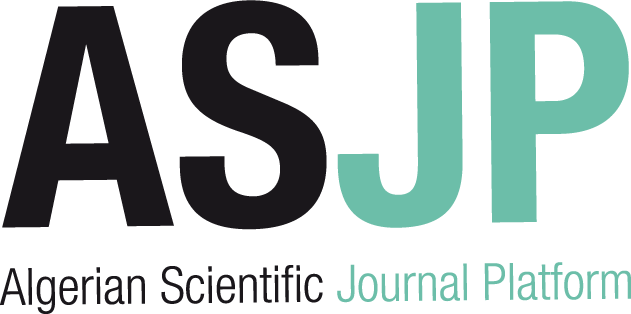[article]
| Titre : |
Mechanism of hydrocyclone separation with water injection |
| Type de document : |
texte imprimé |
| Auteurs : |
J. Dueck, Auteur ; E. Pikushchak, Auteur ; L. Minkov, Auteur |
| Année de publication : |
2011 |
| Article en page(s) : |
pp. 289–294 |
| Note générale : |
Génie Minier |
| Langues : |
Anglais (eng) |
| Mots-clés : |
Hydrocyclones Classification Fine particle processing Water injection |
| Résumé : |
In hydrocyclones, the particle separation efficiency is limited by the suspended fine particles, which are discharged with the coarse product in the underflow. It is well known that injecting water in the conical part of the cyclone reduces the fine particle fraction in the underflow.
This paper presents a mathematical model that simulates the water injection in the conical component. The model accounts for the fluid flow and the particle motion. The stationary concentration distributions result from superpositioning the turbulent particle diffusion and particle settling. Particle interaction, due to hindered settling caused by increased density and viscosity of the suspension, and fine particle entrainment by settling coarse particles are included in the model. Water injection in the conical part of the hydrocyclone is performed to reduce fine particle discharge in the underflow. This added water transports the fine particles of the sediment to the center, where they are directed to the overflow. The model demonstrates the impact of the injection rate, injection velocity, and injection location on the shape of the partition curve. Under optimal conditions, the so-called “fish hook” of the curve is reduced without changing the cut size. The simulations are compared with experimental data of a 50-mm cyclone. |
| DEWEY : |
622 |
| ISSN : |
0892-6875 |
| En ligne : |
http://www.sciencedirect.com/science/article/pii/S0892687510000038 |
in Minerals engineering > Vol. 23 N° 4 (Mars 2010) . - pp. 289–294
[article] Mechanism of hydrocyclone separation with water injection [texte imprimé] / J. Dueck, Auteur ; E. Pikushchak, Auteur ; L. Minkov, Auteur . - 2011 . - pp. 289–294. Génie Minier Langues : Anglais ( eng) in Minerals engineering > Vol. 23 N° 4 (Mars 2010) . - pp. 289–294
| Mots-clés : |
Hydrocyclones Classification Fine particle processing Water injection |
| Résumé : |
In hydrocyclones, the particle separation efficiency is limited by the suspended fine particles, which are discharged with the coarse product in the underflow. It is well known that injecting water in the conical part of the cyclone reduces the fine particle fraction in the underflow.
This paper presents a mathematical model that simulates the water injection in the conical component. The model accounts for the fluid flow and the particle motion. The stationary concentration distributions result from superpositioning the turbulent particle diffusion and particle settling. Particle interaction, due to hindered settling caused by increased density and viscosity of the suspension, and fine particle entrainment by settling coarse particles are included in the model. Water injection in the conical part of the hydrocyclone is performed to reduce fine particle discharge in the underflow. This added water transports the fine particles of the sediment to the center, where they are directed to the overflow. The model demonstrates the impact of the injection rate, injection velocity, and injection location on the shape of the partition curve. Under optimal conditions, the so-called “fish hook” of the curve is reduced without changing the cut size. The simulations are compared with experimental data of a 50-mm cyclone. |
| DEWEY : |
622 |
| ISSN : |
0892-6875 |
| En ligne : |
http://www.sciencedirect.com/science/article/pii/S0892687510000038 |
|


 Ajouter le résultat dans votre panier Faire une suggestion Affiner la recherche
Ajouter le résultat dans votre panier Faire une suggestion Affiner la rechercheMechanism of hydrocyclone separation with water injection / J. Dueck in Minerals engineering, Vol. 23 N° 4 (Mars 2010)











